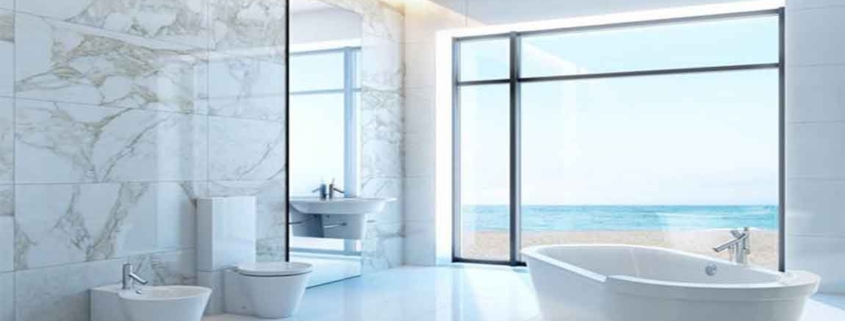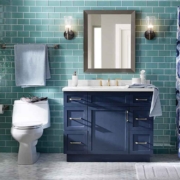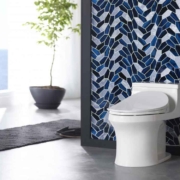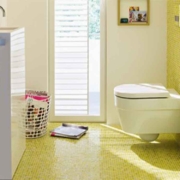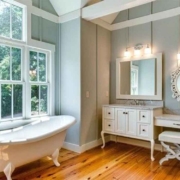How to Clean Black Mold in a Shower

While black mold sounds scary, it’s really isn’t much worse than other types of molds. Any mold can cause respiratory issues, and if you have asthma or you’re susceptible to pneumonia, it could cause issues for you. However, the Center for Disease Control suggests that you can clean up all types of mold in your home the same way using a bleach solution without having to call out for extra help, as long as you take precautions like wearing gloves and a dust mask.
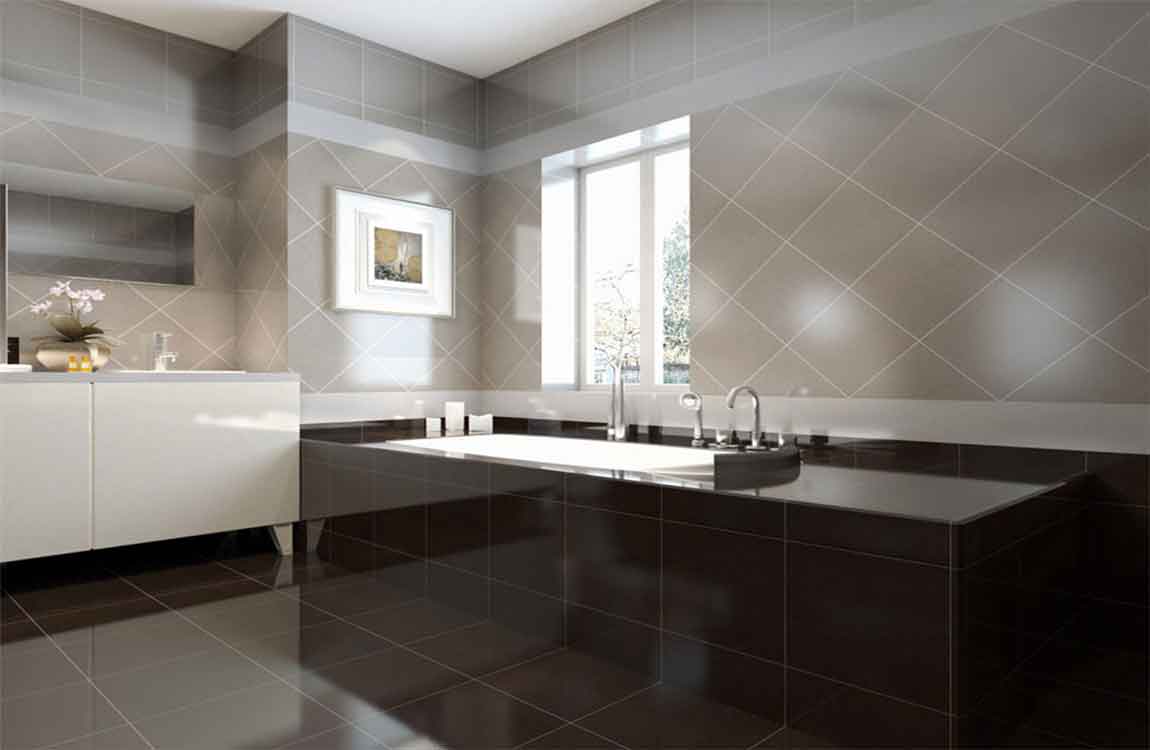
However, if you have mold that has seeped into the wall or other porous areas, you may need help removing the damaged materials and replacing them, as well as finding the source of the water causing the mold. Make a new bleach solution to spray and scrub down what’s left.
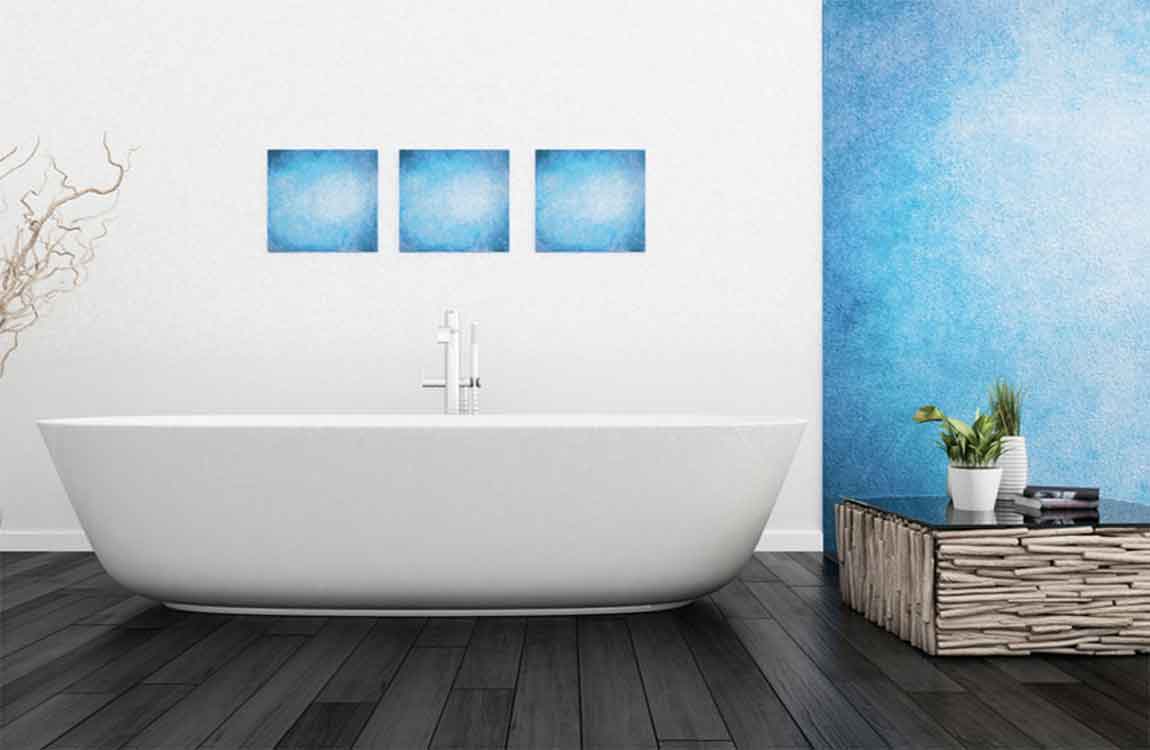
Once you’ve scrubbed away all you can, pour a new mixture of bleach and water into a spray bottle, keeping the same ratio as you did before. Spritz the stains left behind, and let it sit for 15 minutes or so. Once you’ve left it alone, run over it with a clean scrubbing brush. Wash off the bleach solution with clean water and let it dry.
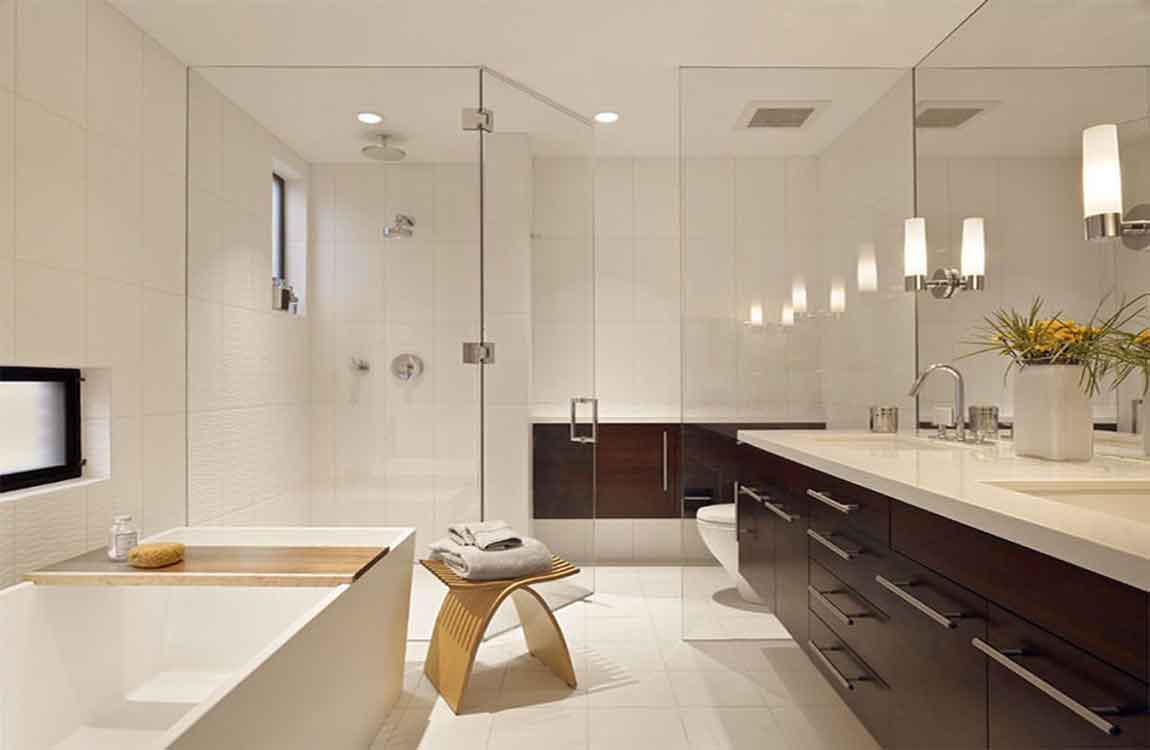
Spritz plain white vinegar over the area to take care of what’s left of the mold. Don’t mix the vinegar with water. Just put it in a spray bottle and go over the area to get it damp. Let the vinegar dry on the area, and it will help kill off the mold that’s left behind. Ledger boards help support your tub, but they cannot hold its full weight. Make sure your tub has full contact with the floor after you install the boards.

Dry-fit the drains and drain shoe on the new tub. Set your new tub on its side so you can easily access where the drains are placed. Feed the bottom drain through the hole on the tub and screw it into the L-shaped pipe fitting. Repeat the process with the overflow drain on the side of your tub. Cut the pipes to the length you need using a hacksaw. Tighten the nuts with a pipe wrench.

